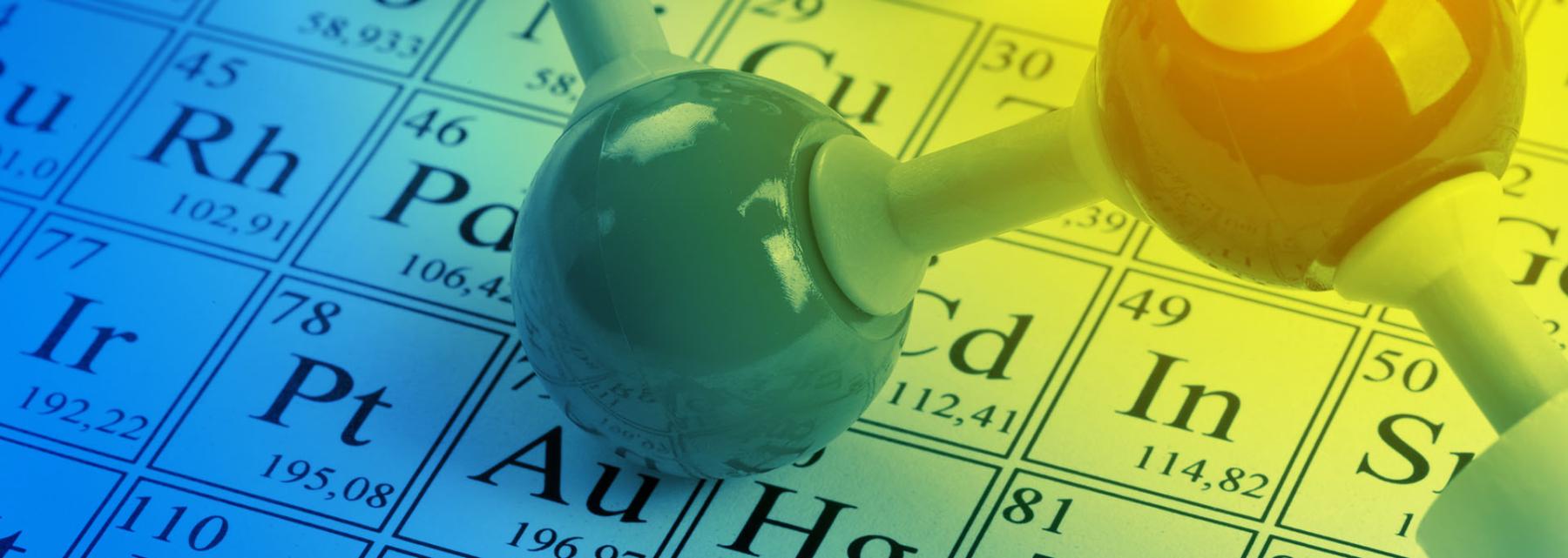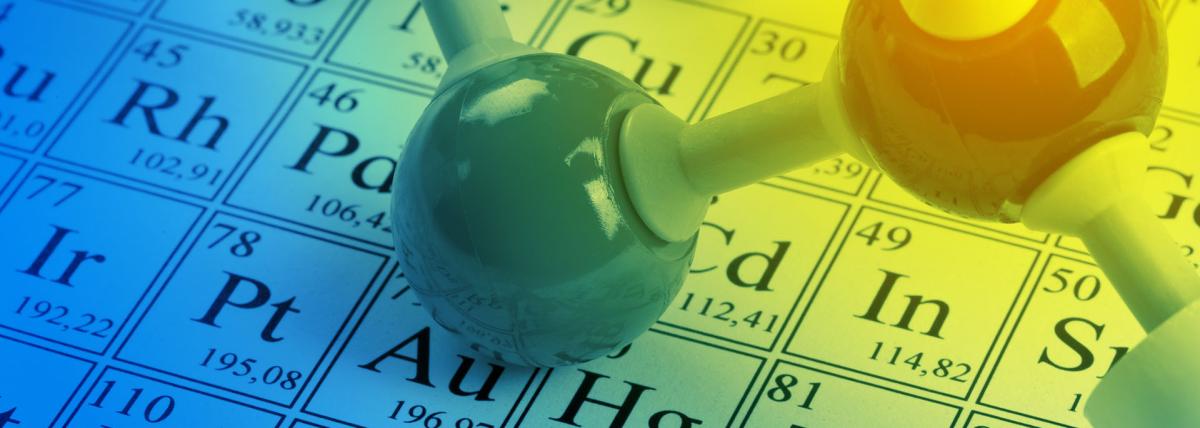
pH of Soils and Introduction to Analytical Techniques
This lesson took place in a 90 minute after school STEM club (could work in 2 - 45 minute class periods). Students may work in small groups of 2-4. An emphasis on sample collection and analytical techniques. Student exploration and different soil types are recommended. Facilitate student reflection on why and how different soils grow different plants.
Lesson Grade Level
8th GradeLesson Plan Link/URL
https://docs.google.com/presentation/d/1RLmE8jJtJJxXVIvzLDJqAl2LkfO9gsFU/edit?u…Subject Area
Science Physical Science P1: Matter Technology 5. Computational Thinker Mathematics Measurement and Data (MD)Related Content

In this high school science/engineering lesson on exploring cracked steel, students will delve into the concept of cracked steel and its impact on structural integrity. They will define composites and

In this lesson, students will first learn the importance of using reliable tools when gathering data in an experiment. When given common acidic and basic substances, students will then begin to

This lesson plan aims to incorporate Science, Engineering, and Math subjects into the Digital Book Project. Students paraphrase in simple words the explanations of chemical reactions in everyday life